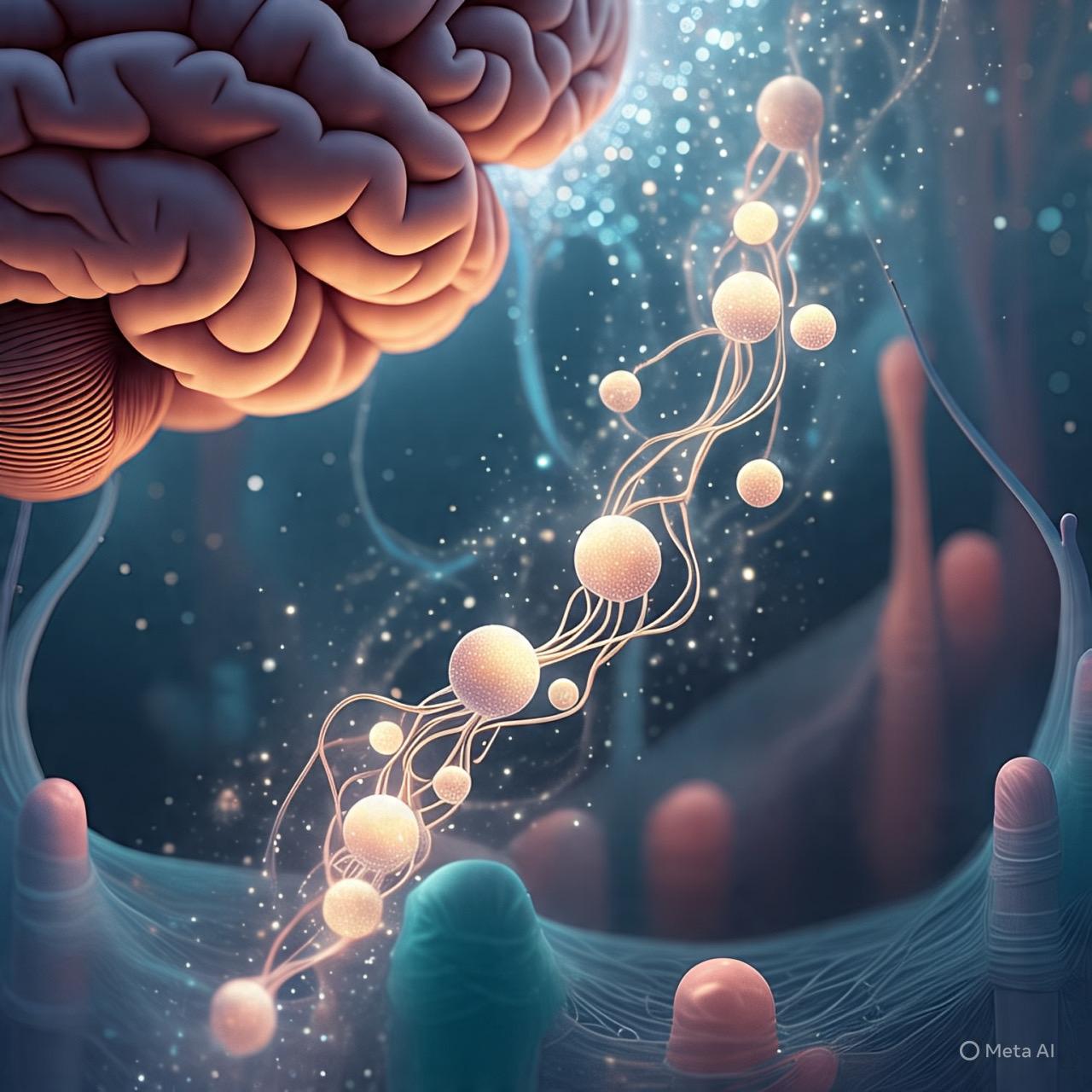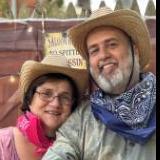When we think of animal locomotion, most of us picture a straightforward walk or trot, with alternating legs moving forward. But giraffes, camels, and cats commonly exhibit a remarkable and rare gait called pacing, where they move both legs on one side of their body simultaneously, followed by both legs on the other side. This unusual stride sets them apart from many other animals and reveals fascinating details about their design and purpose. While giraffes, camels, and cats are notable examples, other animals such as elephants and bears also use this gait.
What is Pacing?
Pacing, or lateral walking, is a gait where an animal moves both legs on the same side of its body—right front and right back—before switching to the left side. This creates a smooth, swaying motion. It contrasts with the diagonal movement seen in most quadrupeds, where opposite legs move together (e.g., front right and back left).
Why Do These Animals Pace?
The pacing gait serves specific purposes based on the animal’s structure and lifestyle:
1. Giraffes: Balance for Long Legs
Giraffes, with their extraordinarily long legs and necks, rely on pacing to maintain balance. The coordinated movement of their legs on one side helps distribute their weight evenly, preventing wobbling. This gait also allows their long legs to move without tripping over each other, ensuring smooth and efficient motion.
2. Camels: Stability on Sand
Camels, often called the “ships of the desert,” pace to maintain stability on shifting sand. The lateral movement of their legs reduces the risk of sinking by evenly distributing their weight. This gait also minimizes side-to-side rocking, making their stride energy-efficient for long desert treks.
3. Cats: Precision and Stealth
Cats are natural predators, and their pacing gait contributes to their ability to move with precision and stealth. By placing their hind paw in almost the exact spot where the front paw was, they minimize noise and ensure a quiet, deliberate approach when stalking prey. This movement also enhances their agility, allowing them to navigate tight spaces with ease.
The Biomechanics of Pacing
Pacing is a biomechanical marvel:
• Energy Efficiency: This gait conserves energy by reducing the number of times the body shifts weight during movement. It’s especially beneficial for animals like camels and giraffes that travel long distances.
• Smooth Motion: The lateral leg movement reduces vertical bounce, making the stride smoother and less jarring. For camels and giraffes, this is crucial to protecting their joints and maintaining endurance.
• Precision Control: For cats, the careful placement of paws reduces noise and improves traction, critical for both hunting and climbing.
A Rare but Purposeful Design
While pacing is seen in a few species, it remains relatively uncommon in the animal kingdom. The fact that this gait is so well-suited to the needs of giraffes, camels, and cats reflects purposeful design. These three creatures may seem very different at first glance, but their shared gait highlights how their Creator, Jehovah, equipped them to thrive in their respective environments:
• Giraffes walk gracefully with their towering stature.
• Camels conquer harsh desert landscapes with steady, stable strides.
• Cats stalk and pounce with silent precision.
A Glimpse of Jehovah’s Wisdom
This unique gait is a testament to Jehovah’s incredible wisdom and purposeful design. Each of these animals reflects His ability to tailor creation to meet specific needs: giraffes maintain balance despite their towering height, camels traverse harsh deserts with stability and endurance, and cats move with silent precision as masterful hunters. Their pacing gait is not just an adaptation—it’s a reflection of divine craftsmanship. It reminds us that even something as seemingly simple as walking can reveal the thoughtfulness and care embedded in Jehovah’s creation, offering us a true glimpse of wonder.
Sources: Research on animal biomechanics, National Geographic on camel adaptations, Journal of Mammalian Locomotion on feline gaits, studies on giraffe movement.
Edited by dljbsp



2 Comments
Recommended Comments
Join the conversation with your brothers and sisters!
You are posting as a guest. If you are already a member, sign in now to post with your existing account.
Note: Your post will require moderator approval before it will be visible.